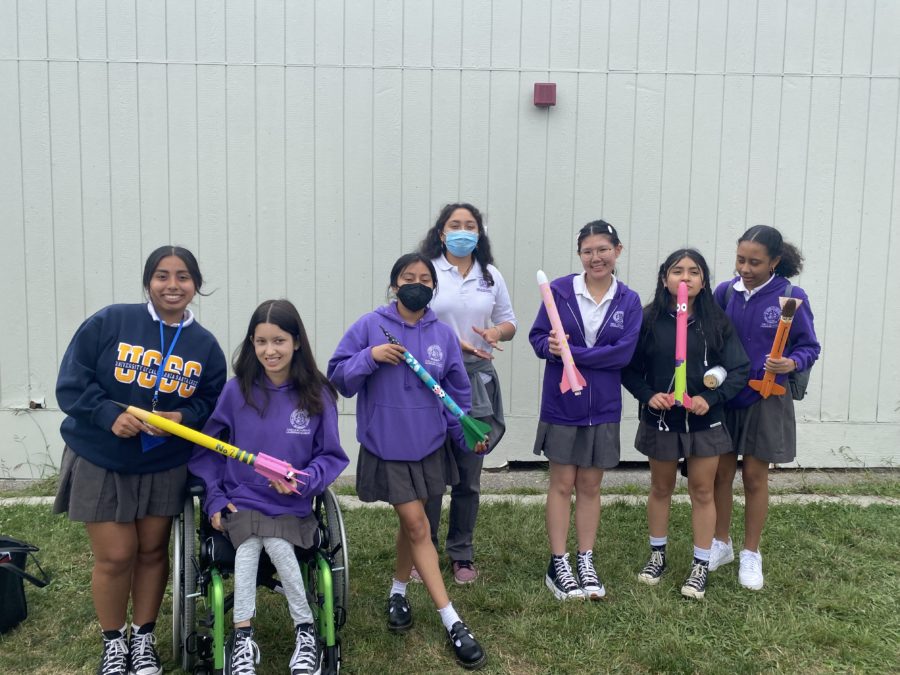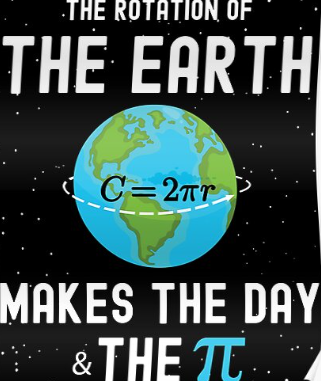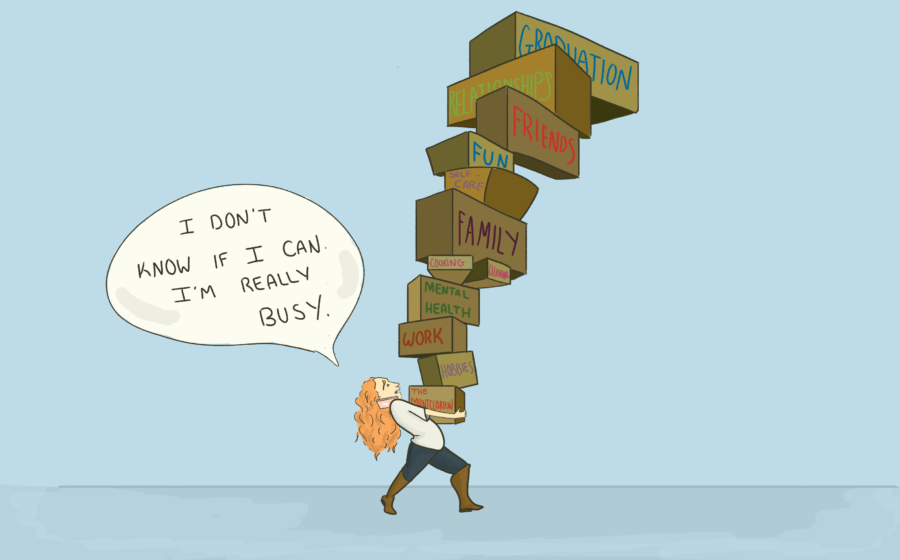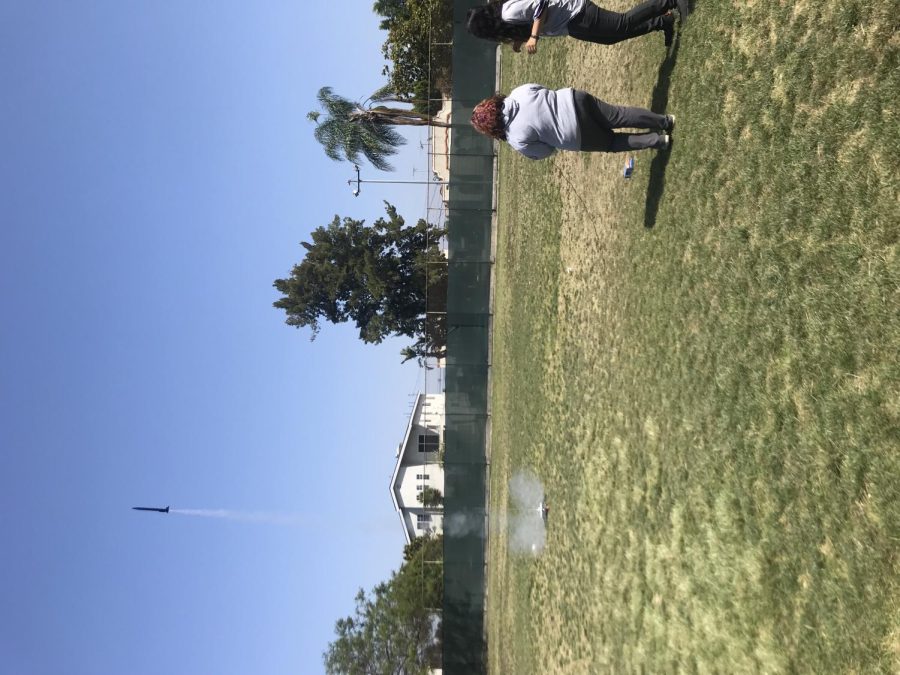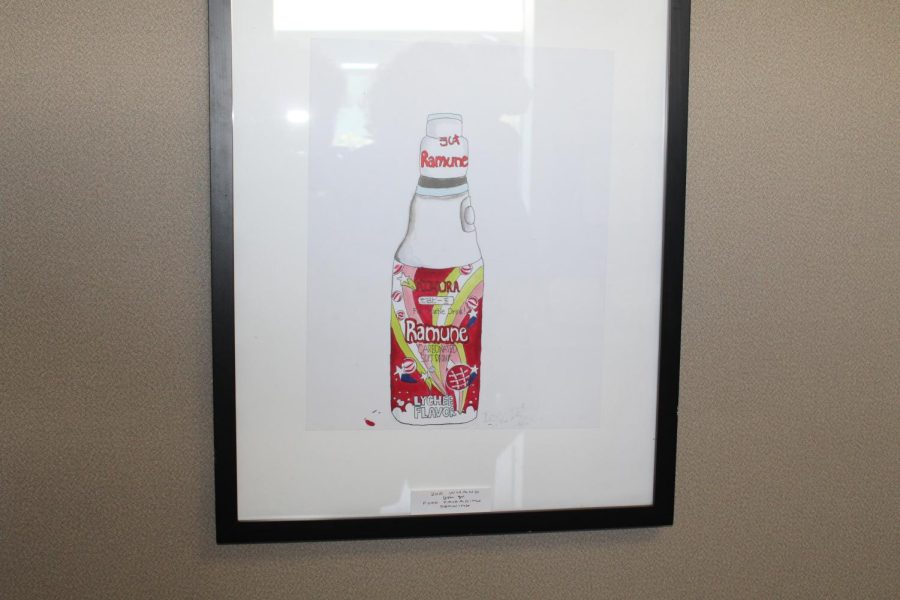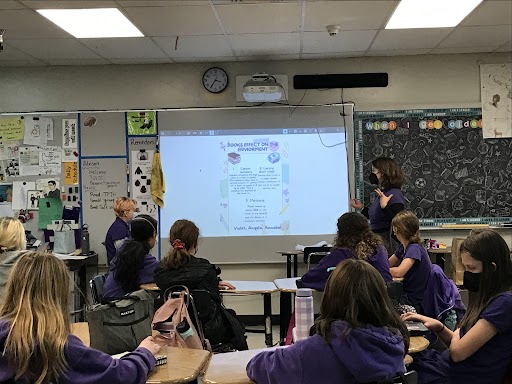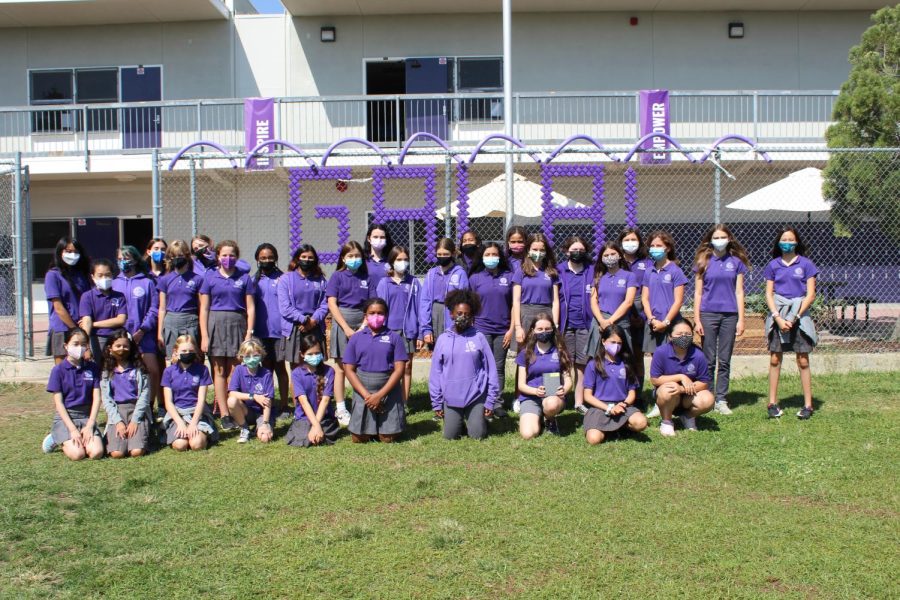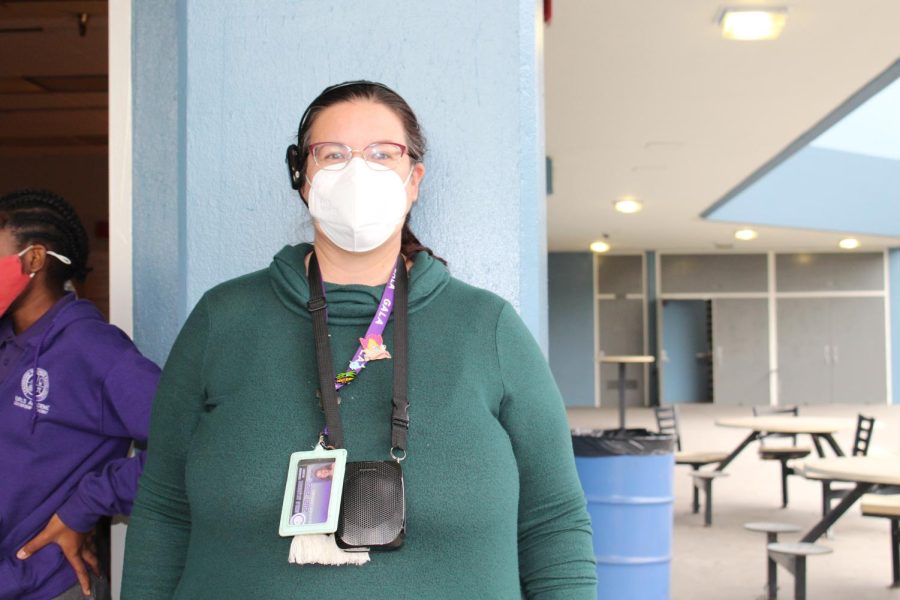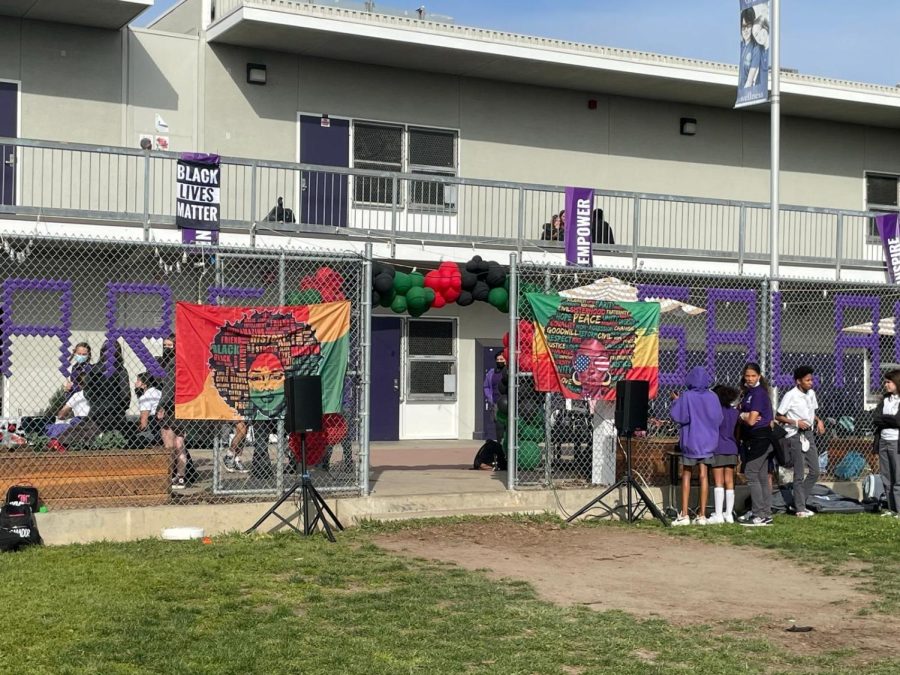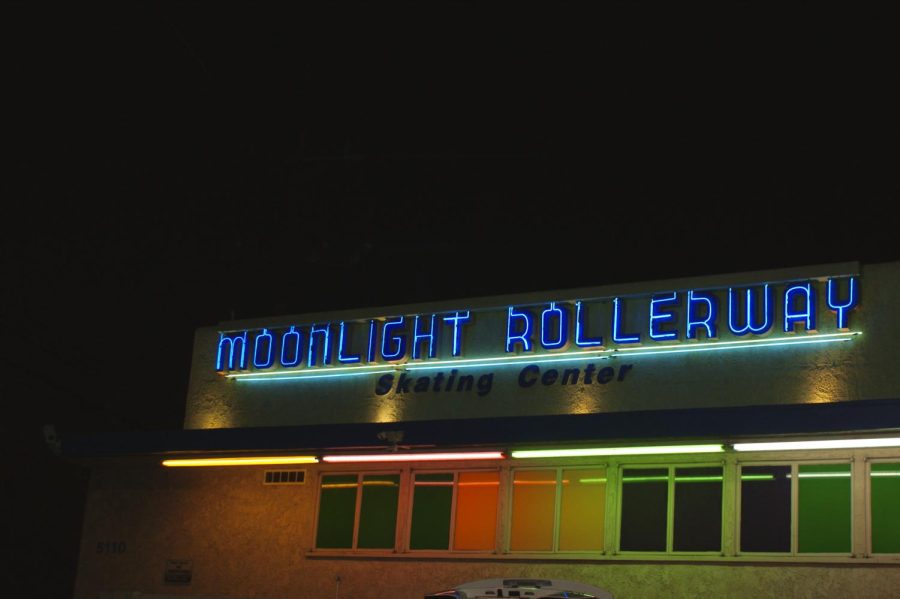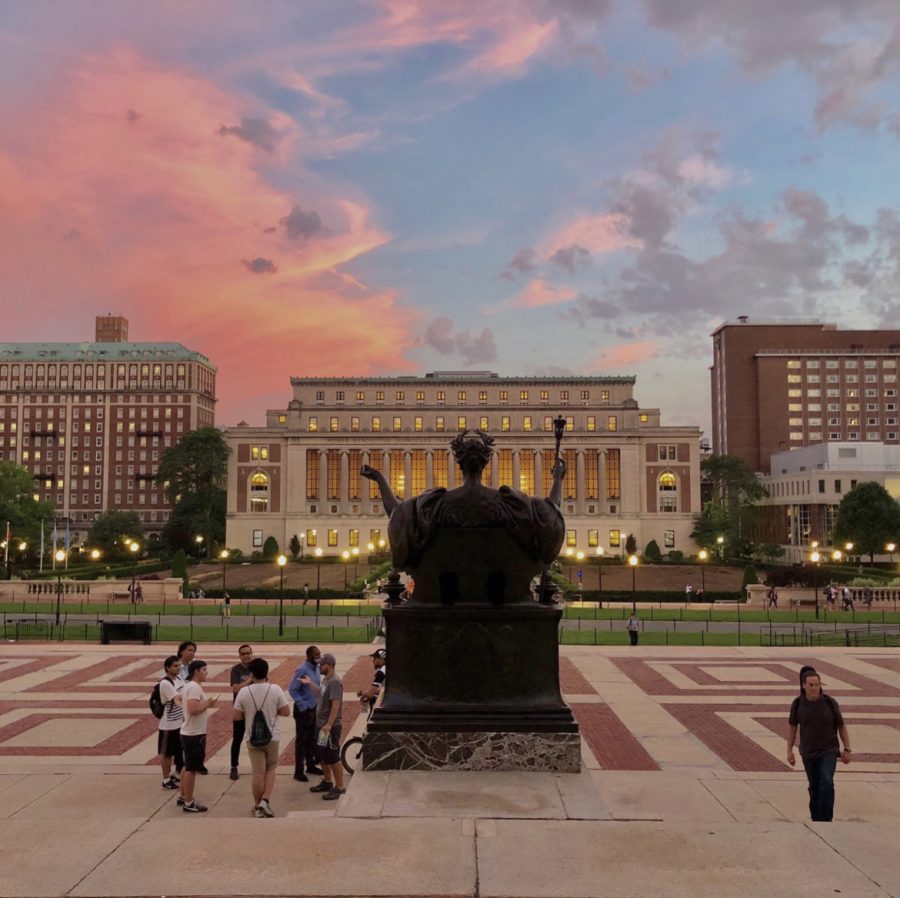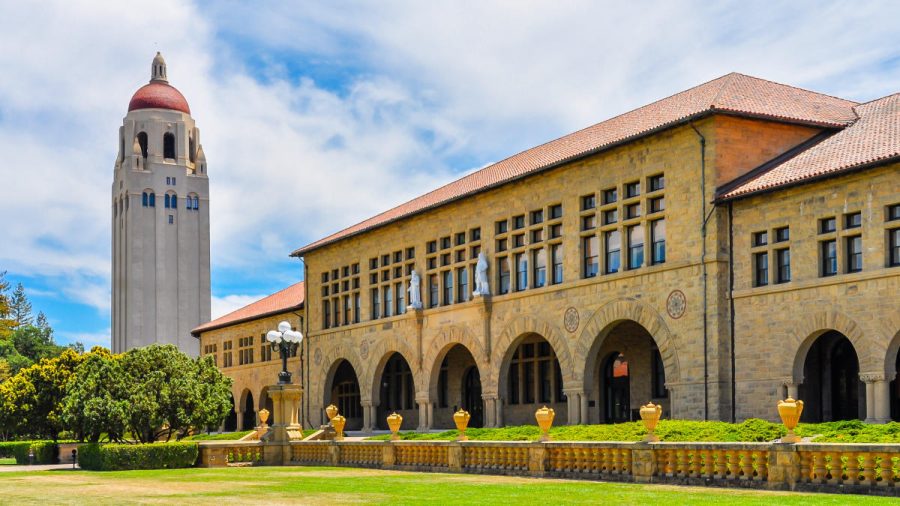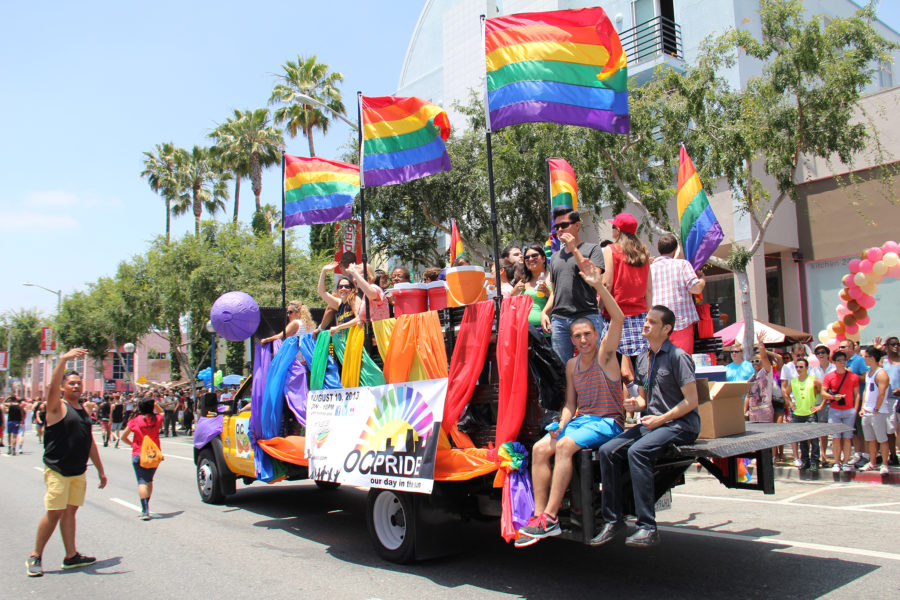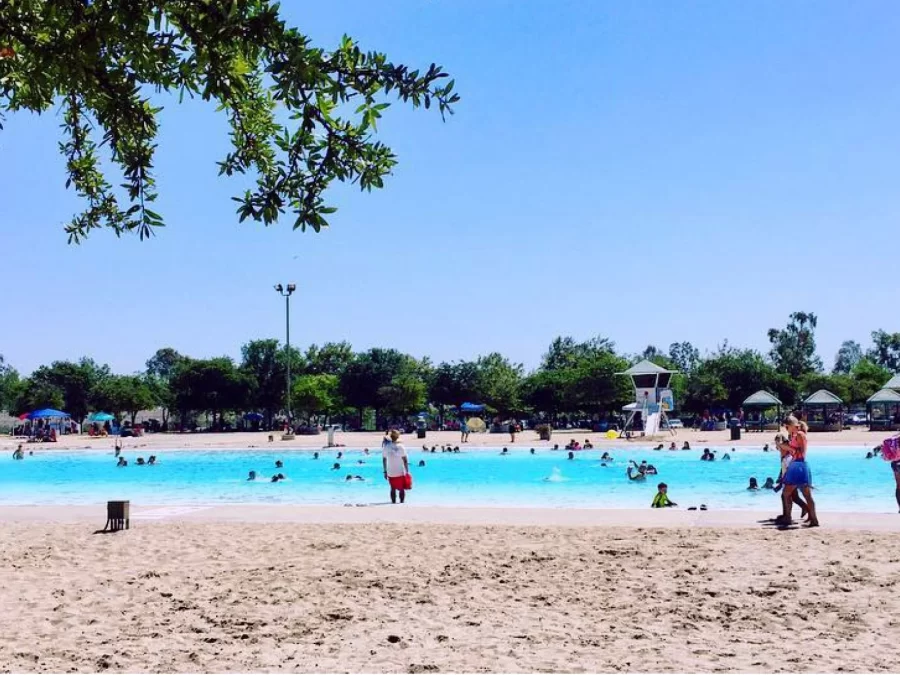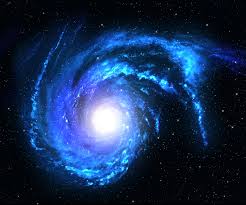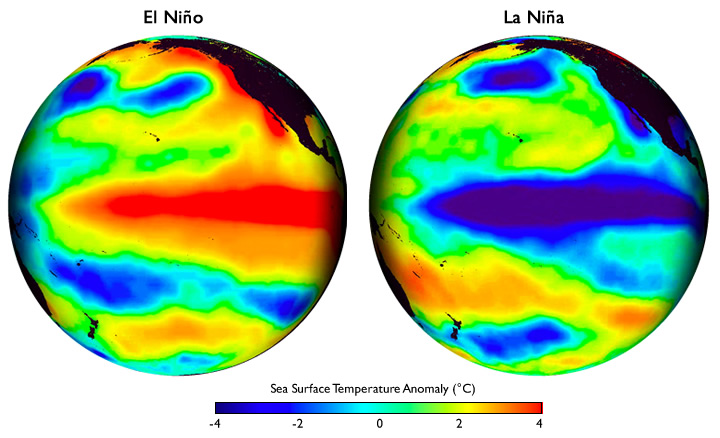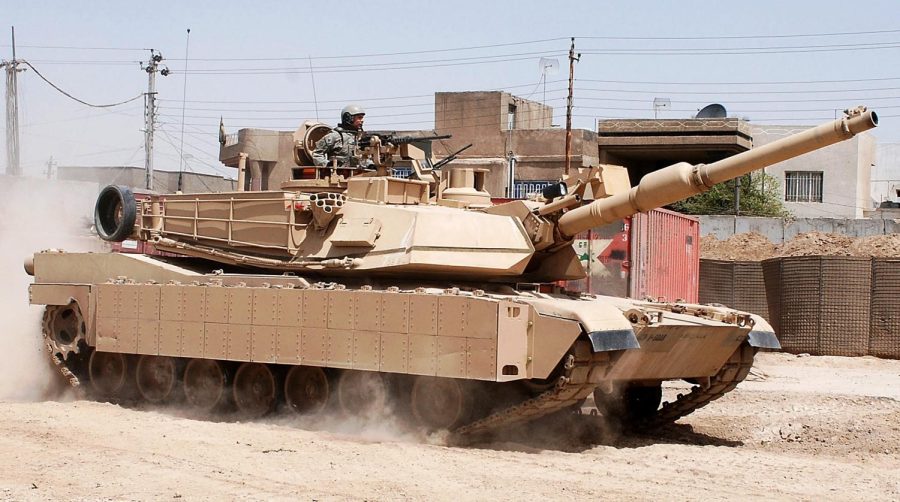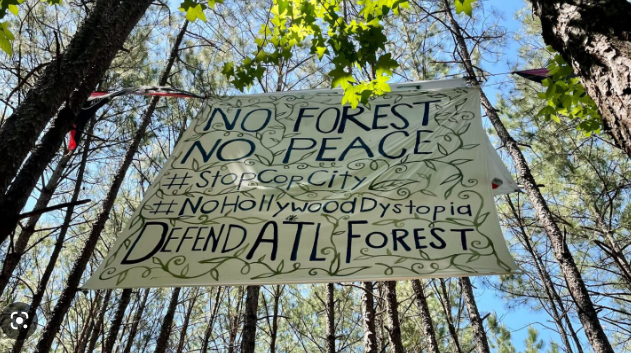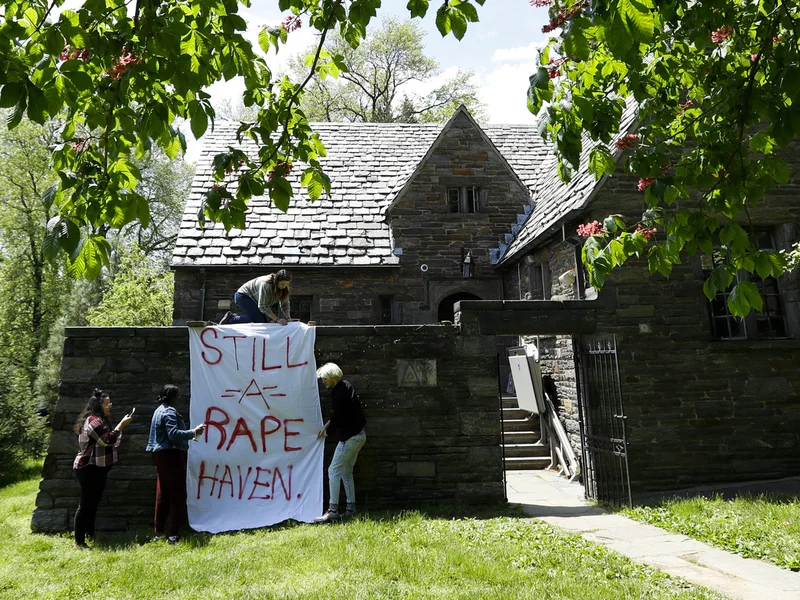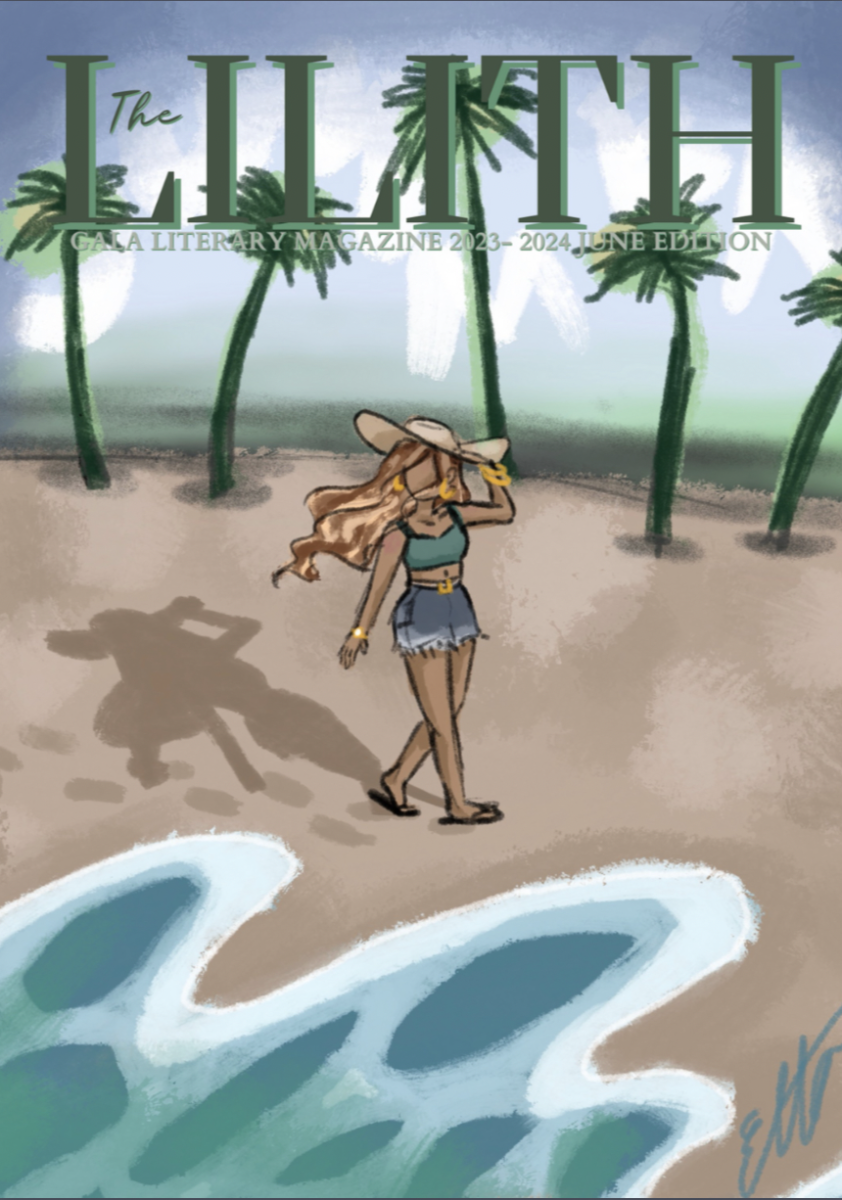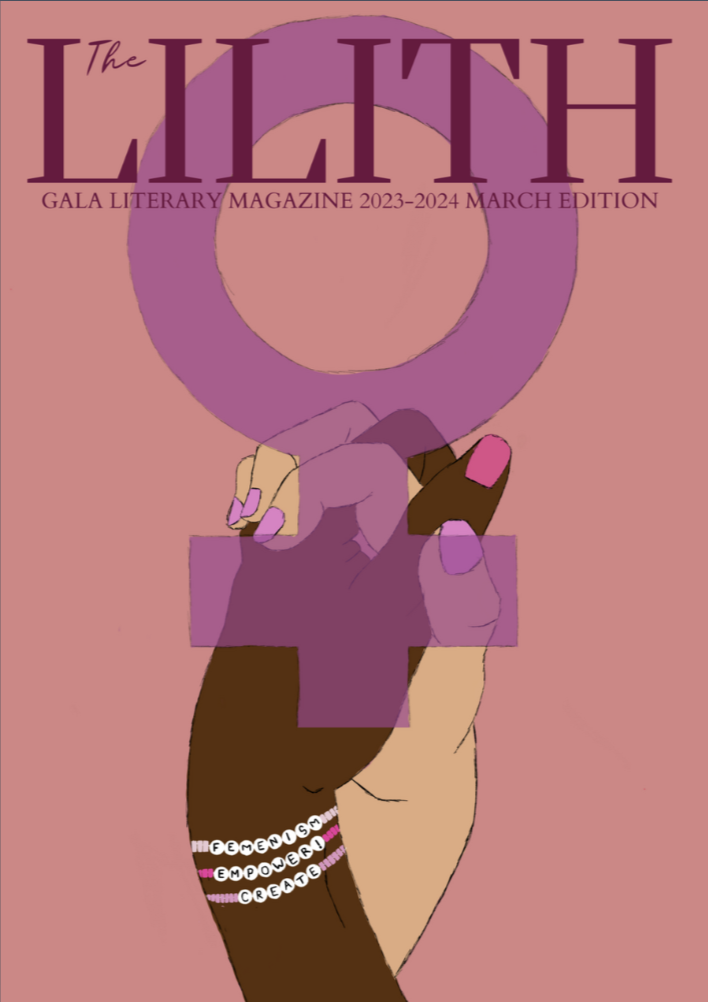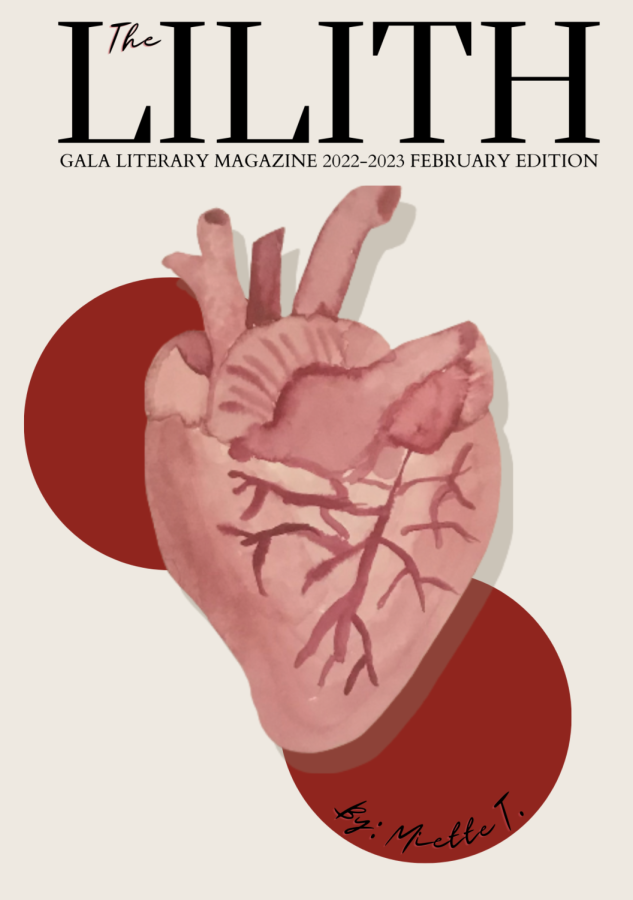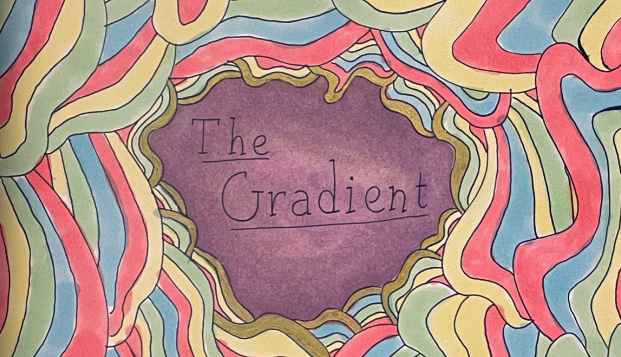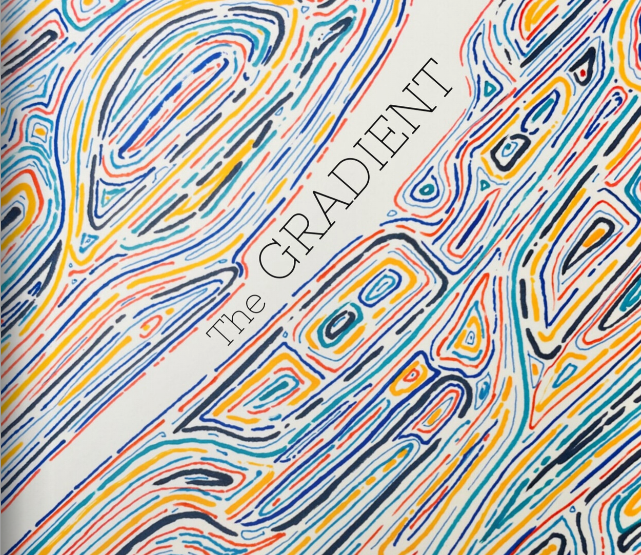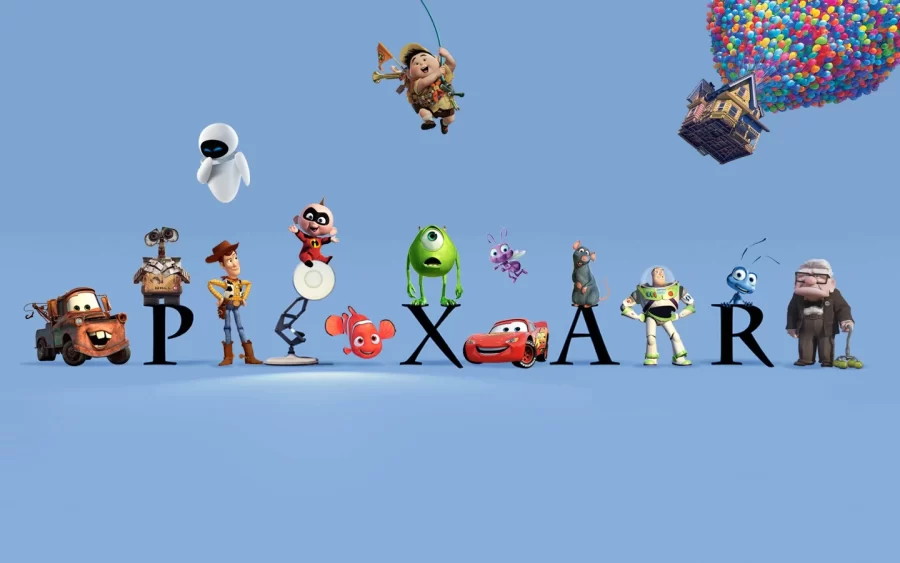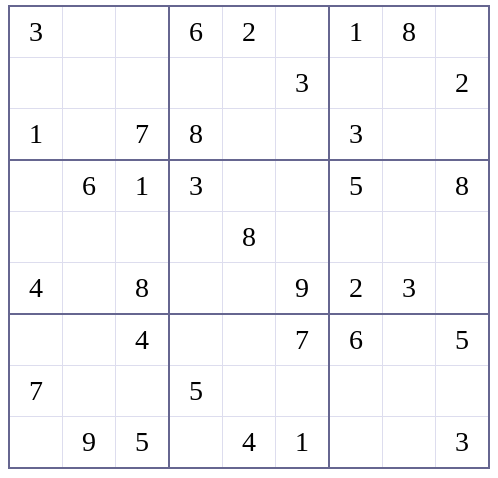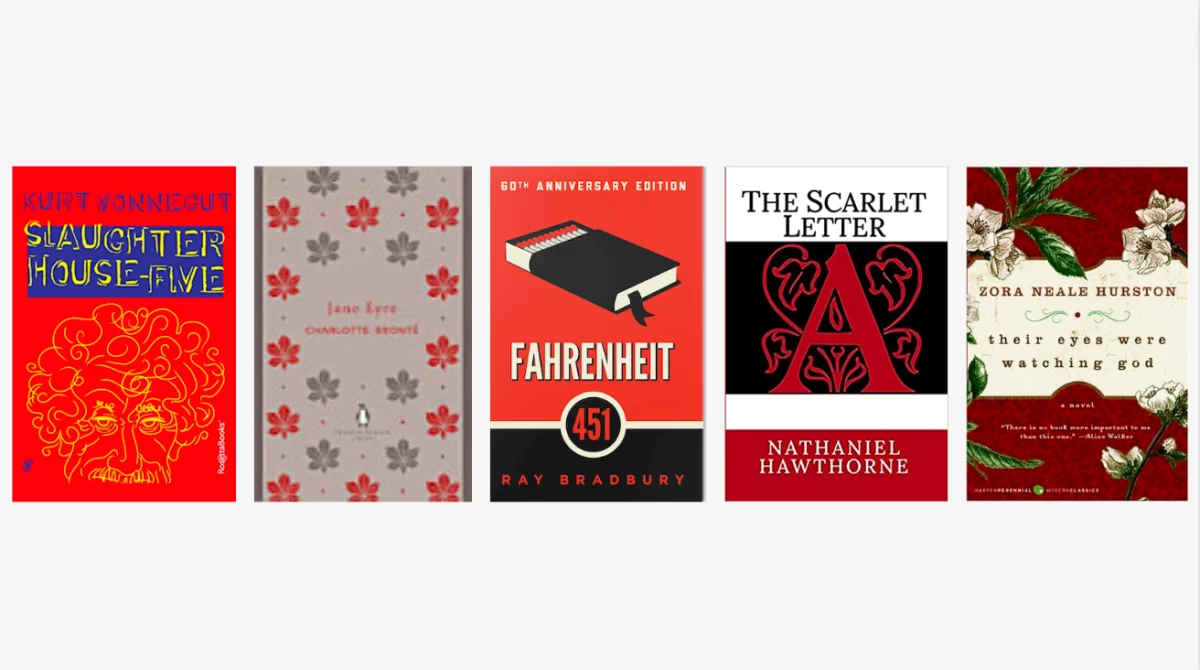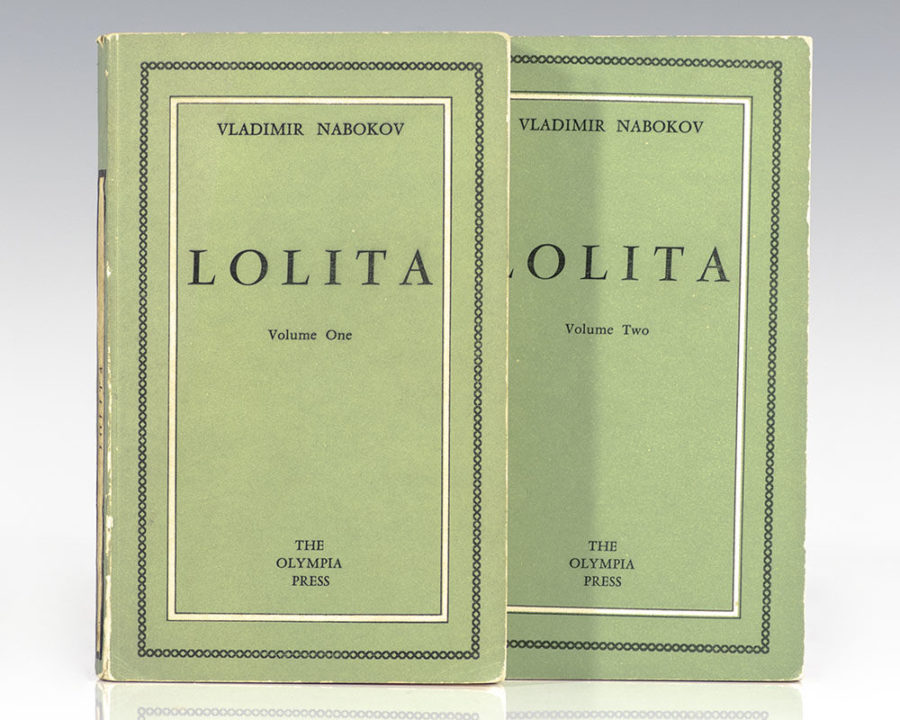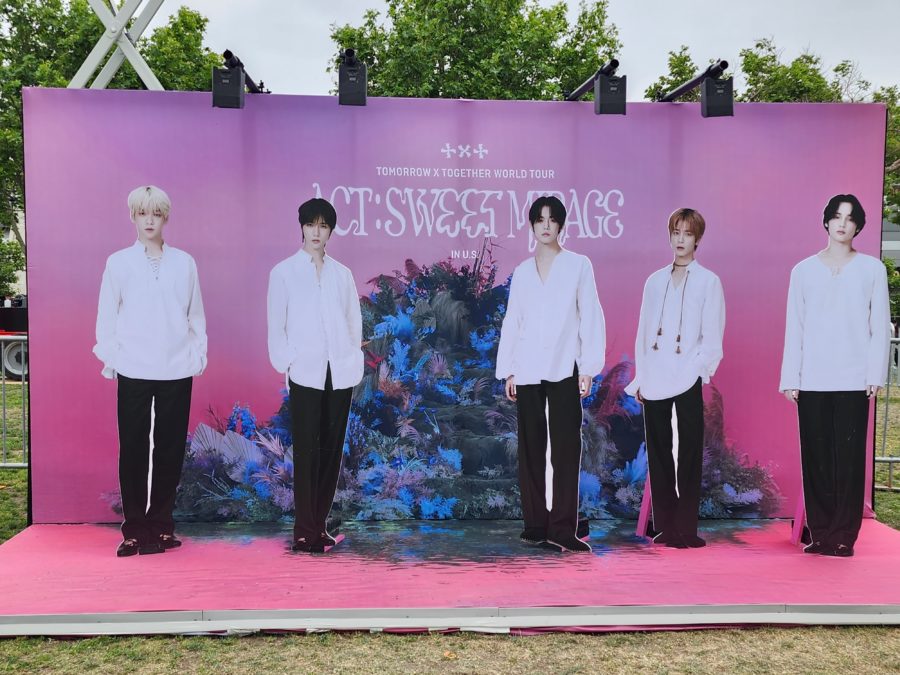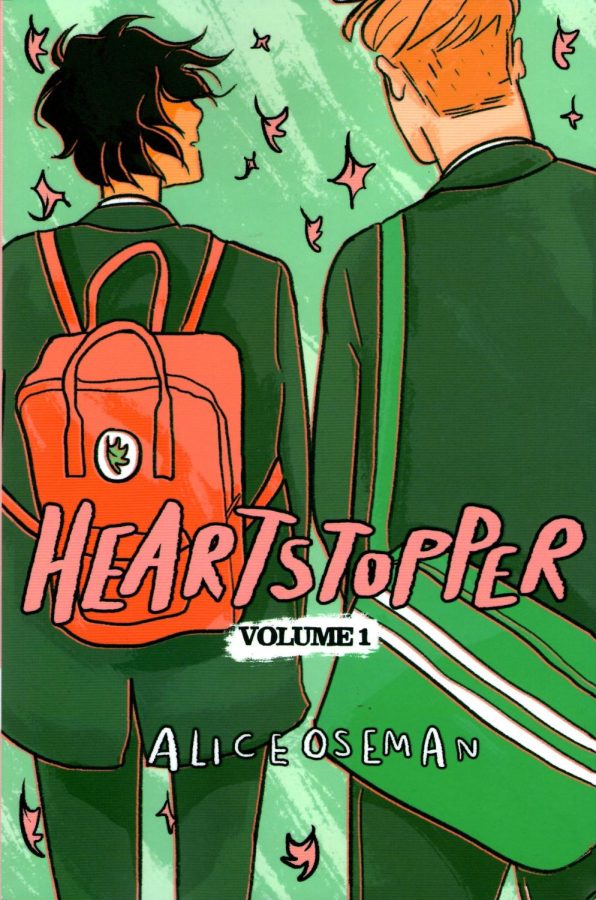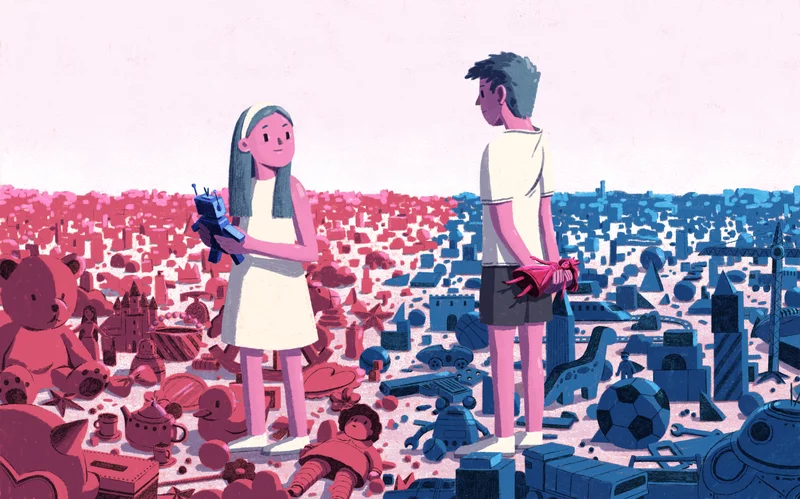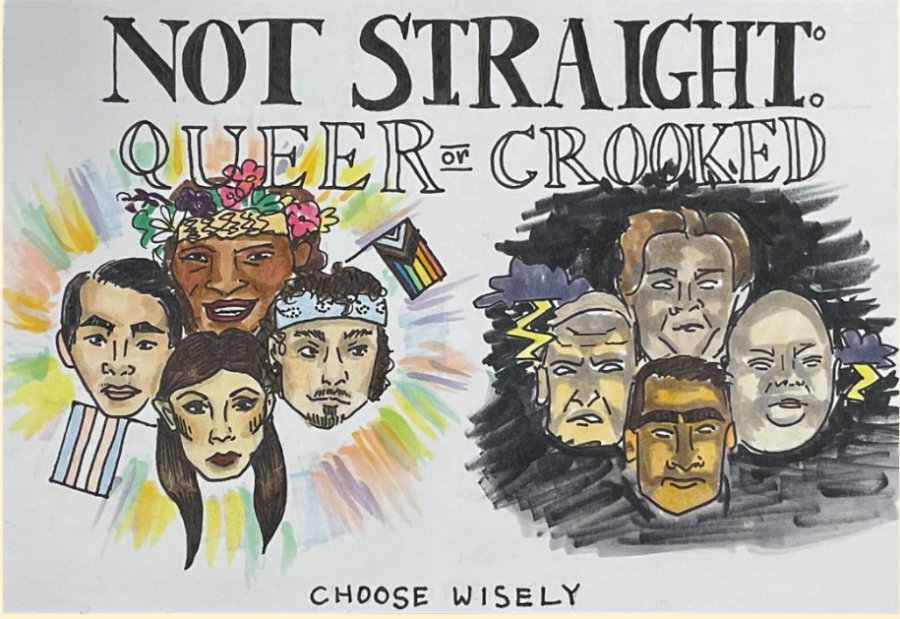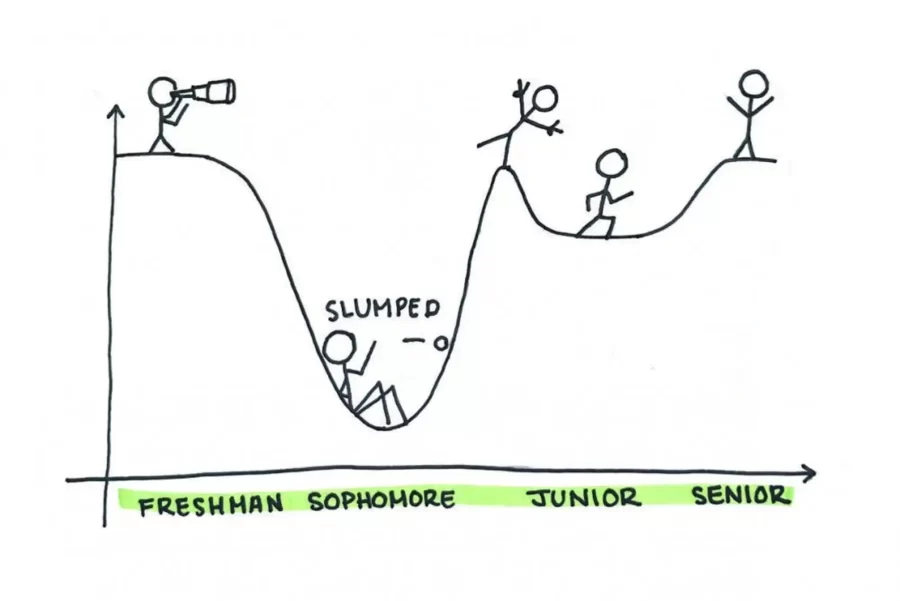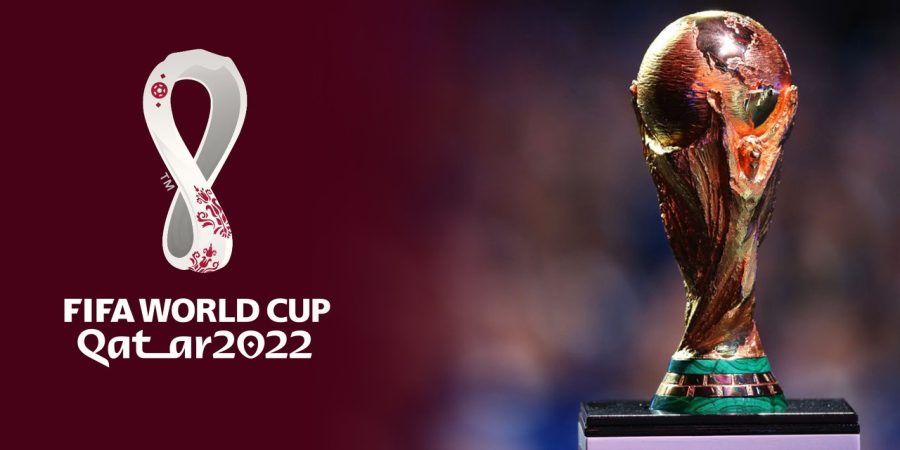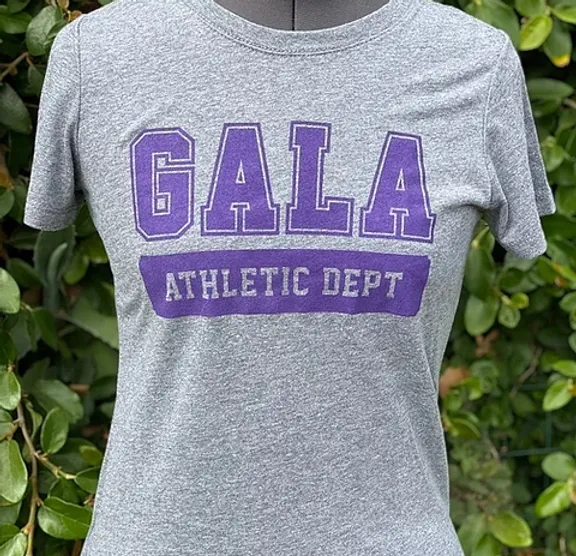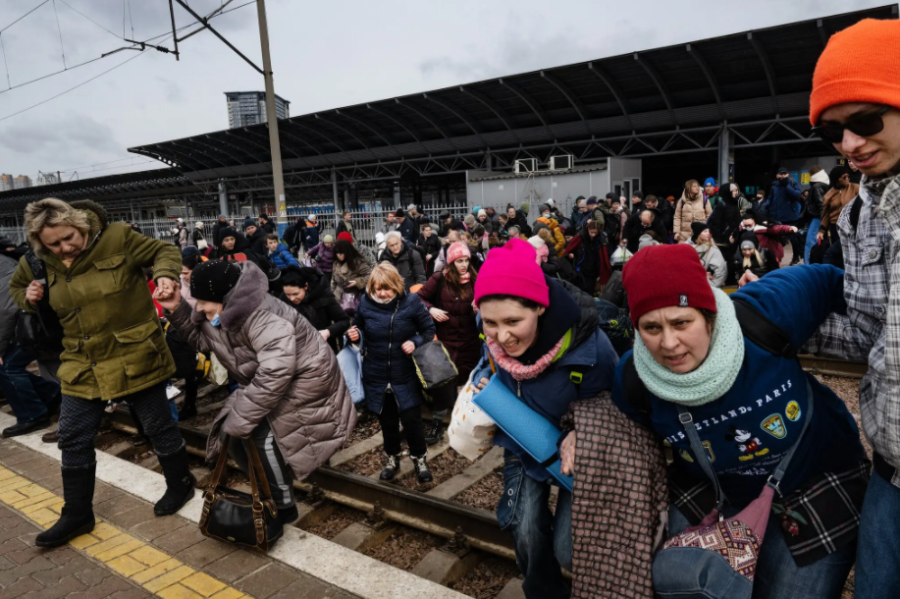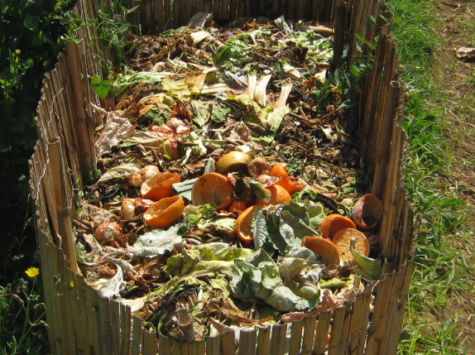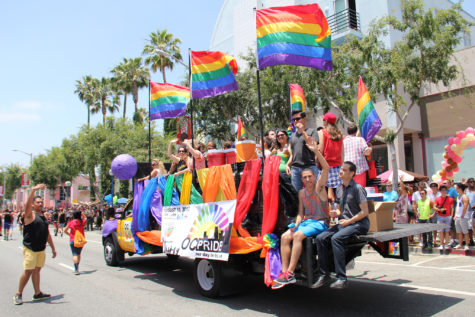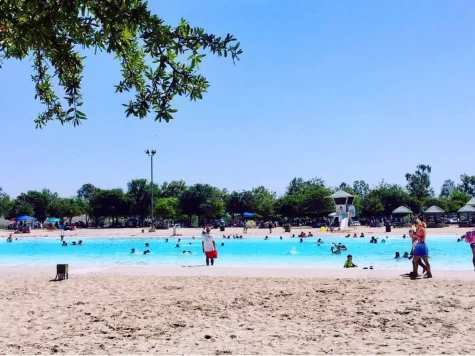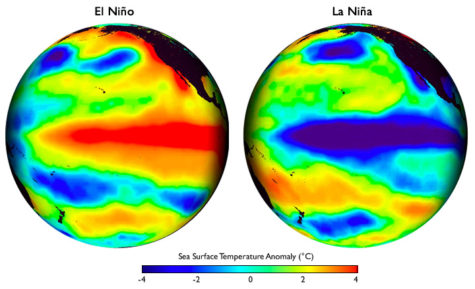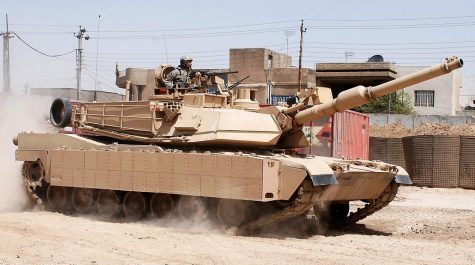Russia vs Ukraine: Ukrainian Cities Begin to Fall, but Not Without a Fight
Kyiv residents scramble to catch trains heading west as Russian forces approach.
On Feb. 28, officials told the press that Putin was planning a “devastating attack” on Ukraine. Russia and Ukraine’s government officials met in Belarus the same day to discuss the ongoing war. Unfortunately, the meeting yielded no resolutions, and the night of the announcement, Putin initiated that “devastating attack.”
On March 1, Russia seized Kherson, a strategically key central city of Ukraine, and the first city of the country to fall under Russian control. Meanwhile, Russian forces closed in on Mariupol, Ukraine, “trying to destroy” it, citizens said. The city was nearly totaled after 15 hours of non-stop shelling.
Ukraine’s state emergency service reported that over 2,000 people had been killed by that point in Russia’s invasion and that the war had become a “humanitarian crisis.”
Russia and Ukraine’s government officials met for a second time on March 2. This time, an agreement was made to have “civilian corridors” as fighting raged. A civilian corridor is a reserved building for citizens to use as shelter during times like this.
Soon after the meeting, a mob of Russian warships reached Ukraine’s Mykolaiv coast. Officials said that Russia’s goal seemed, and continues to be, to be taking control of the Black Sea. Russia is gaining critical ground, threatening to cut off Ukraine’s access to it.
Back on the mainland, Russia continued to bomb communication outlets. Forces struck a TV tower in Kyiv, restricting nationwide transmissions.
As well as this, Russian forces set Europe’s largest nuclear power plant in Zaporizhzhya ablaze after fighting in the area.
On March 4, Russia began to gain more ground across Ukraine using brutal tactics, including strikes targeting Ukrainian citizens. Residents of Ukraine’s capital, Kyiv, desperately scrambled to catch trains heading west as Russian forces approached the city.
Despite the horrors, Ukrainian citizen resilience and their devotion to their country remains robust. In whatever way they can think of, civilians are slowing Russia’s attack on their country.
Large groups of citizens walk the roads supplying Russian vehicle entry, creating human barricades, showing no fear or signs of submission. Deeper into Ukraine, people follow others in lying down on highways before Russian army vehicles, refusing to move in protest of the invasion, one of the many ways Ukrainian citizens are willing to die for the safe future of their country.
In Russian occupied cities like Melitopol, residents loudly berate and object to armed soldiers and armed troop vehicles, knowing that, in this case, in the aspect of weaponry, they are outnumbered.
Worldwide support for Ukraine remains strong.
The United States is temporarily allowing Ukrainian citizens to stay in the country while they amp up their sanctions against Russia. The Biden Administration has also asked Congress for $10 million to support Ukraine, which Congress approved.
Across the Atlantic Ocean, the European Union declared a three year protection guarantee for Ukrainian refugees, as they too, increased their sanctioning against Russia.
Sixteen thousand people from all around the world have decided to deploy themselves, on their own, to fight alongside the Ukrainian army in solidarity.
The amount of support for Ukraine and the coming together of various countries and millions of people has shed a beam of light through the storming clouds of war.
As of March 6, the panic-stricken efforts to rescue civilians from the worsening violence in Ukraine were met by a direct attack by Russian forces. Russian troops have taken to violent attempts to stop the protesting- one of these attempts involved the blunt killing of a mother and her two children. Ukraine president Zelensky continues to warn off a new wave of Russian attacks.
Find more updates on the Russia versus Ukraine crisis in the next article, coming soon.
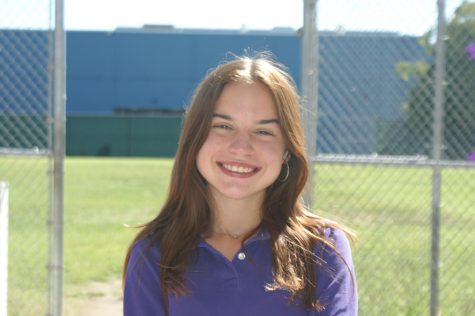
Mac is a Junior and has worked on The Echo since her first year at GALA as a freshman. She aspires to be a foreign correspondent, taking inspiration...
